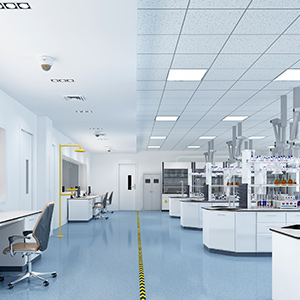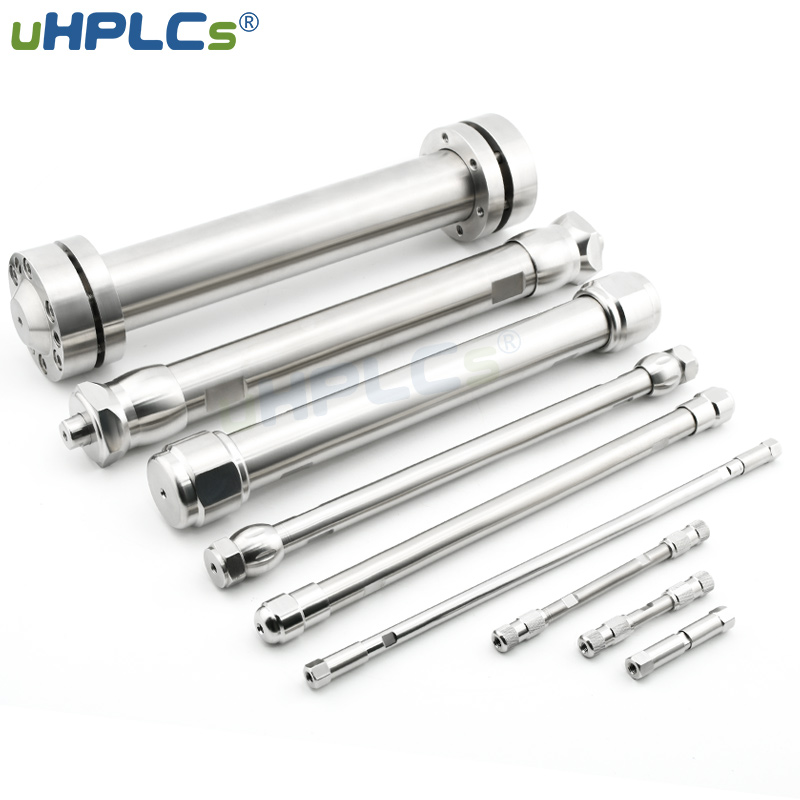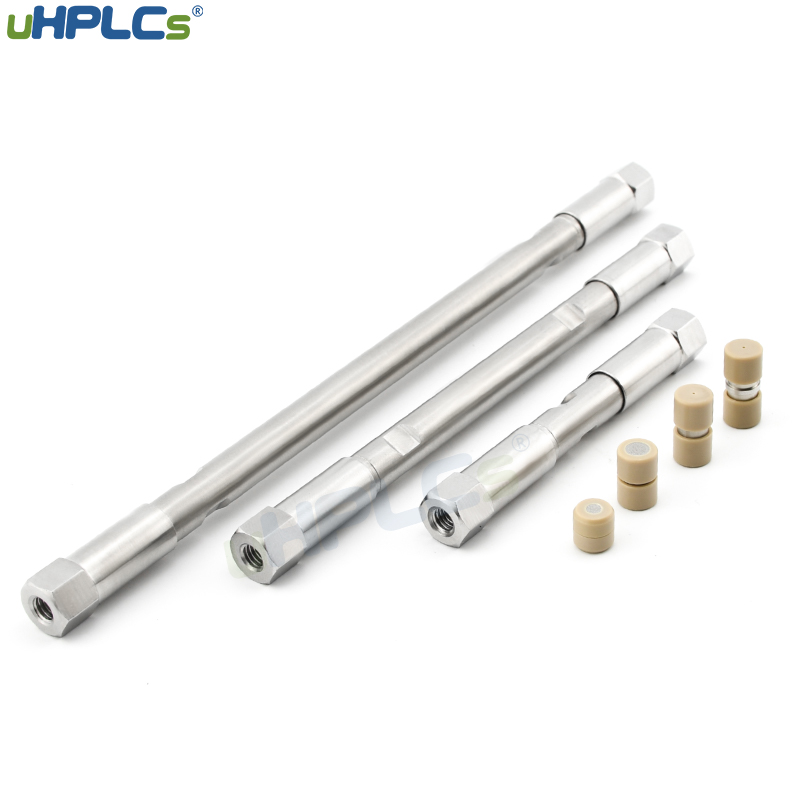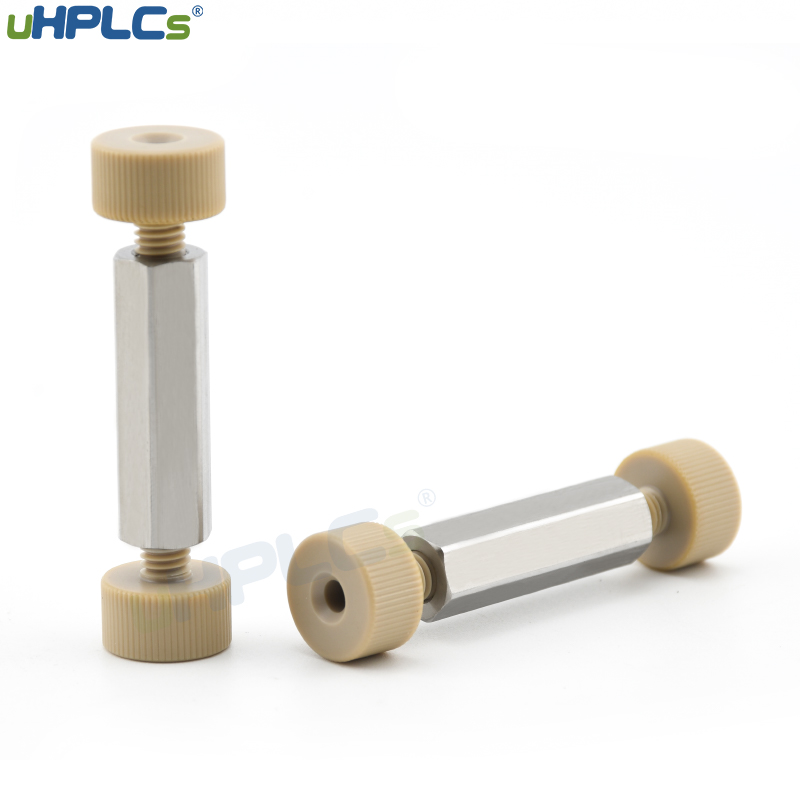It can be said that the chromatographic column is the most important part of the chromatographic analysis process, equivalent to the “heart” of the human body. To choose the right liquid chromatography column according to the sample you want to analyze, you need to consider the impact of different parameters, such as particle size, acidity, polarity, and molecular weight. Even liquid chromatography columns are divided into many types, such as normal phase, reversed phase, C18 column, hydrophilic column and so on. Only by understanding the factors that affect the performance of the analytical column can we choose a suitable chromatographic column based on the nature of the target analyte, the analytical effect to be achieved and the laboratory conditions.

When setting and selecting the HPLC method for sample analysis, it is first necessary to select an appropriate separation mode based on factors such as the molecular weight and polarity of the compound, and then select the appropriate chromatographic column and mobile phase in the appropriate separation mode. Most of the compound samples involved in chromatographic analysis can use reversed-phase separation mode. UHPLCS has many liquid analytical columns that can be used for reversed-phase separation, such as USHA C18, USHA C8, USHA C4, USHA phenyl columns , USHA cyano column, etc.

What are the factors that affect the performance of reversed-phase bonded phase chromatography columns?
1. Purity of silica gel
The silica gel has high purity and large liquid phase peak shape. Impurities in the silica gel and residual metal ions will affect the peak shape of the sample. If the metal content on the surface of the silica gel is high, it will affect the peak shape of the basic compound, and it will be prone to tailing. UHPLCS USHA C18 chromatographic column uses fully-covered bonded silica as the filler, which has excellent stability, repeatability, high selectivity and high resolution.
2. Particle shape and size
Spherical particles have high column efficiency, good reproducibility, and uniform column bed structure; irregular particles have uneven column bed structure and uneven linear velocity of the mobile phase, which is easy to form band broadening; average particle diameter, the smaller the particle size, the column efficiency The higher, the higher the column pressure. The wider the particle size distribution, the lower the column efficiency and the greater the pressure. Hengpusheng chromatographic packings are all spherical in shape. For example, the USHB Sil chromatographic column uses high-purity spherical silica gel with metal impurities <10ppm. It has the characteristics of high column efficiency and good peak shape, and can be used to separate polar and basic organic compounds.

3. particle surface area
Relatively speaking, the high surface area has a stronger retention capacity for samples, greater column capacity and resolution. The low surface area can reach equilibrium faster, which is more suitable for gradient elution procedures.
In addition to the above factors, there are also factors such as bonding type and bonding phase, carbon coverage and other factors. The monomer bonding method can increase the mass transfer rate and shorten the column equilibration time; the polymer bonding method can increase the stability of the chromatographic column and increase the sample load. The difference in the bonding phase will directly affect the retention behavior of the compound. The high carbon coverage can improve the resolution and reproducibility, but the analysis time is long.
Post time: Oct-11-2021






